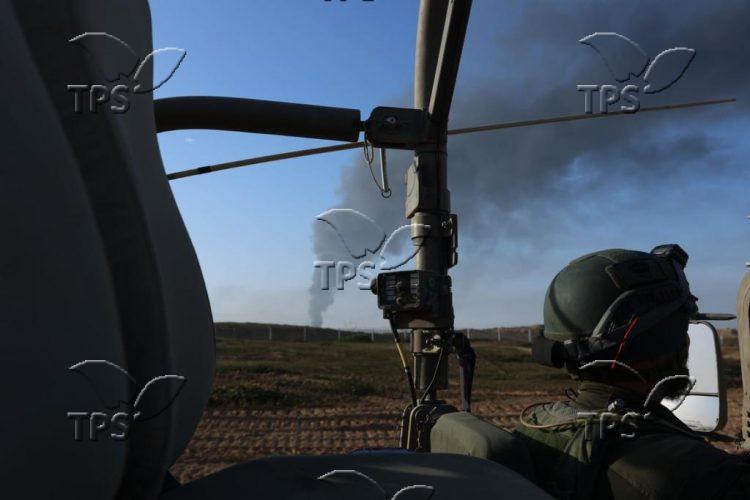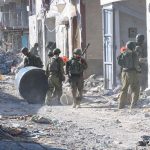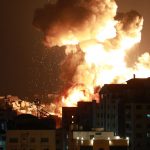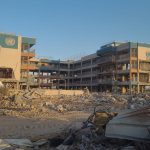The Israeli Military’s Systematic Approach to Dismantling Hamas
Jerusalem, 25 January, 2024 (TPS-IL) -- On the eve of the war, Hamas possessed an estimated 30,000 armed terrorists, divided into five territorial brigades and 24 battalions across the Gaza Strip. It had a sprawling weapons production industry, much of it underground, and distributed the weapons through hundreds of miles of tunnels. It had an estimated rocket arsenal of some 15,000 projectiles, and death squads on the border preparing to conduct the worst mass murder of Jews since the Second World War.
More than 100 days into the fighting, the Hamas war machine has sustained severe damage and is being further degraded by the day. Its ability to function as an organized military force in northern and central Gaza has been eliminated, though Hamas prepared cells with the ability to function independently. These lone cells continue to attack Israeli forces as the opportunity arises, with whatever means they have to hand.
While the latest Israel Defense Forces assessment is that Hamas has thus far lost more than 9,000 fighters—a third of its fighting force—this is far from a complete picture of the true scope of damage it has sustained, not least because that figure pertains to fatalities, not overall battle casualties, which are likely far higher.
Furthermore, according to an IDF source, the Israeli military has been engaged in a gradual, ordered process of dismantling Hamas’s capabilities from the top down, starting with its command structure.
Top Priority: Command and Control
According to the source, the IDF and its divisions within Gaza focus their firepower and maneuvers first on eliminating enemy commanders, as well as their command and control capabilities—meaning the places from which they command field cells.
In the next stage, the terror group’s infrastructure is targeted, such as bases and military posts. Weapons production and storage sites comprised the next layer of targets.
It is only after these target banks are exhausted that the IDF prioritizes targeting Hamas fighters.
Furthermore, the estimate of Hamas fatalities is constantly rising; the IDF estimates that over 100 terrorists were killed in western Khan Yunis on Tuesday alone.
Of higher priority for the IDF is Hamas’s tunnel networks, which are being systematically mapped and destroyed.
Hamas’s ability to switch from organized command structures to decentralized guerilla warfare means that the IDF must be prepared for a prolonged fight against a determined asymmetric jihadist force—but one that is losing operatives, commanders and capabilities by the day.
The IDF has completed the encirclement of Hamas’s final major stronghold of Khan Yunis in southern Gaza, with intense fighting being reported particularly in the city’s southern and western areas.
IDF special forces and intelligence units have been operating in the tunnels under the city for weeks, building a detailed intelligence picture and stepping up the pressure on Hamas’s leadership, which, together with the hostages, is likely located in this area.
In addition, the IDF is preparing a buffer zone in eastern Gaza, in which it is removing areas used by Hamas to launch its murderous attack on Oct. 7. The 21 reservists killed on Tuesday were conducting a controlled demolition as part of this effort when their location was hit by an RPG.
“Our forces continue a broad operation in western Khan Yunis, one of Hamas’s significant centers of gravity,” IDF Spokesman Rear Adm. Daniel Hagari stated on Tuesday during a press conference.
“It is very complex terrain, densely populated with many Hamas terrorists concealed in the area, including in sensitive facilities, trying to surprise our forces. The forces are fighting courageously using a variety of methods, skillfully and with close support of aerial fire and intelligence. Our forces are striking military posts and terror infrastructure, and in recent days destroyed a tunnel network spanning a kilometer and a half as well as a rocket production facility,” he said.
“We continue to fight throughout the Gaza Strip, in the north, center, and the south. We are deepening our achievements and are continuing to operate around the clock to create conditions for the return of the hostages.”







